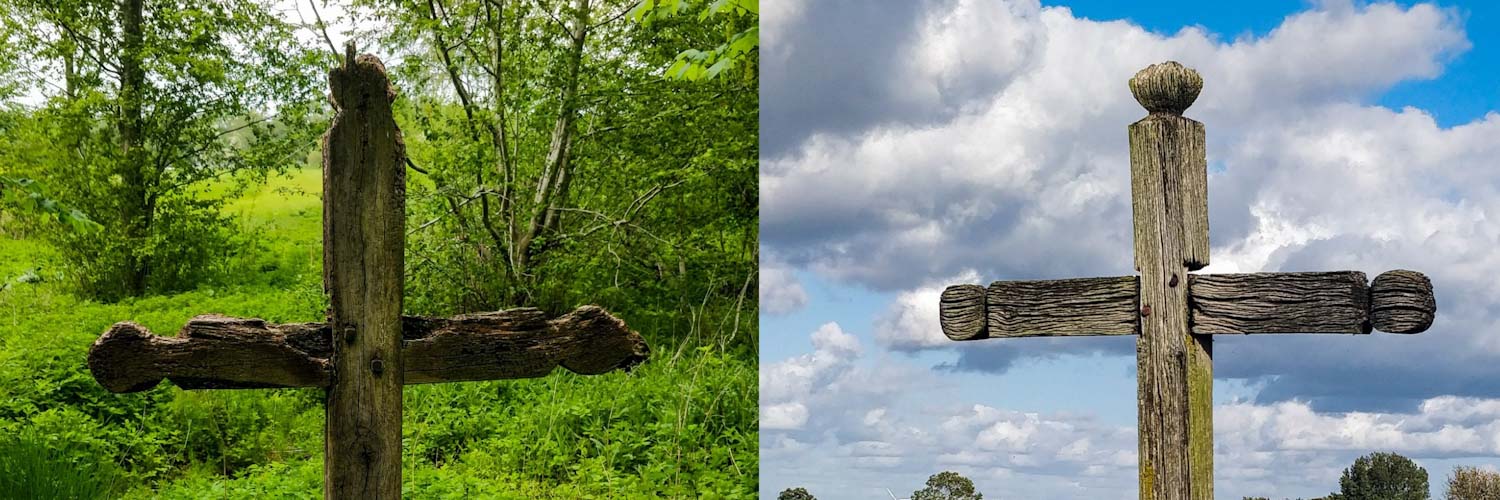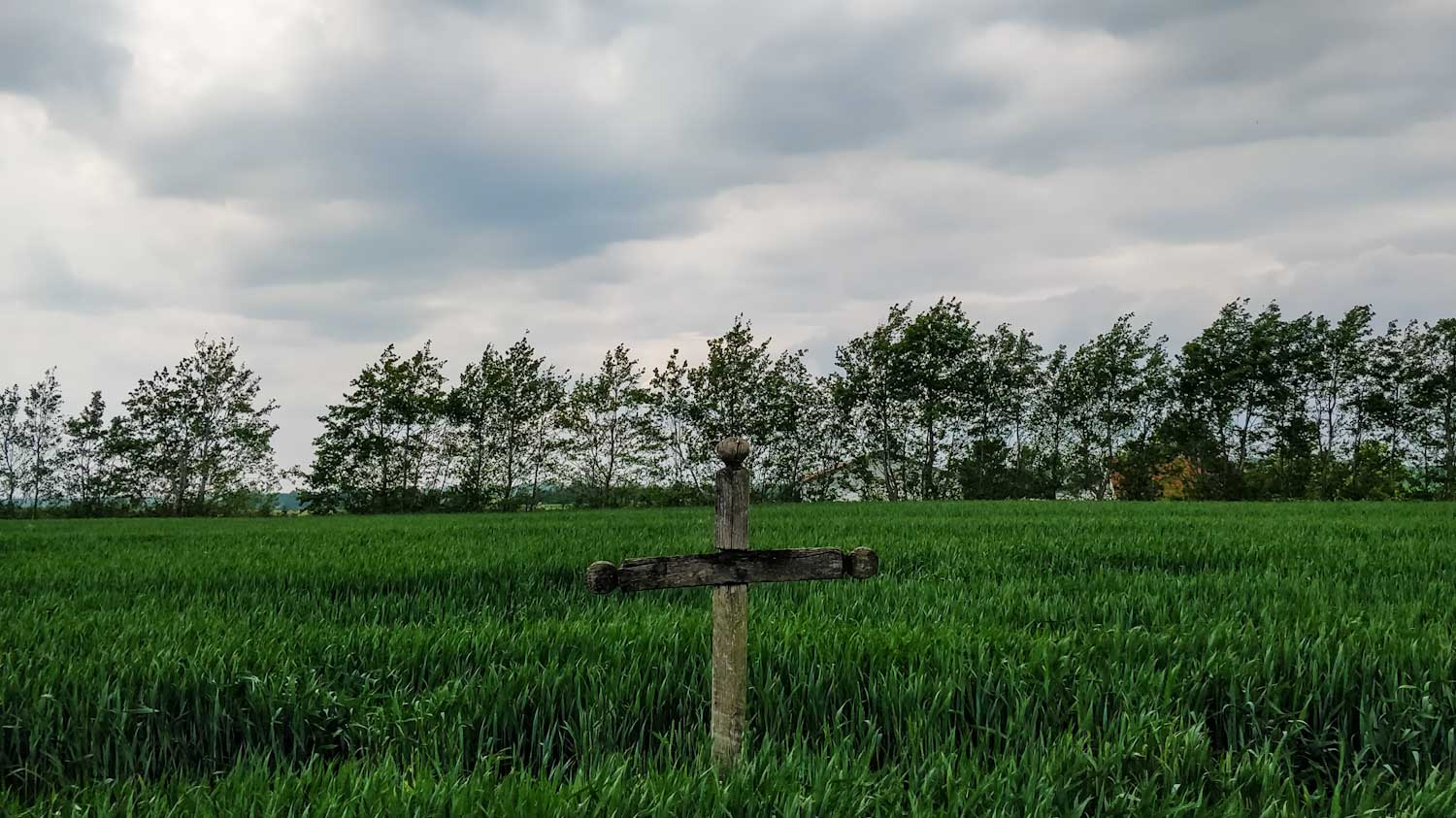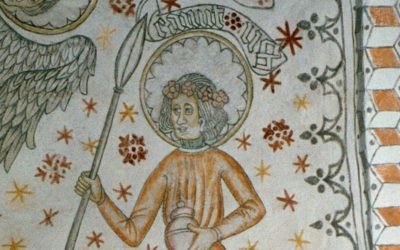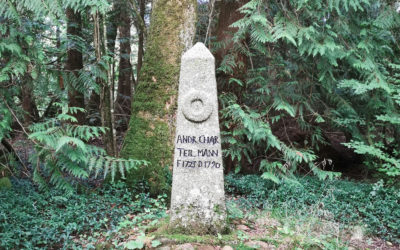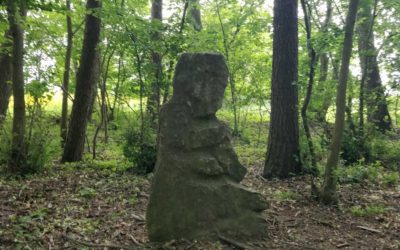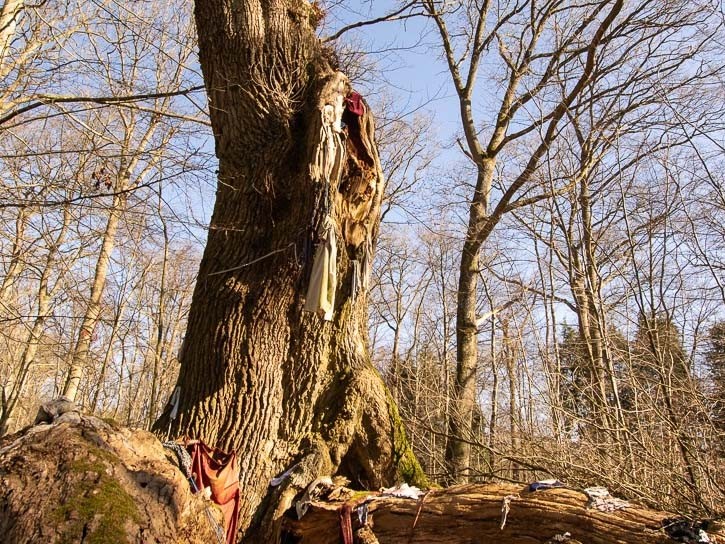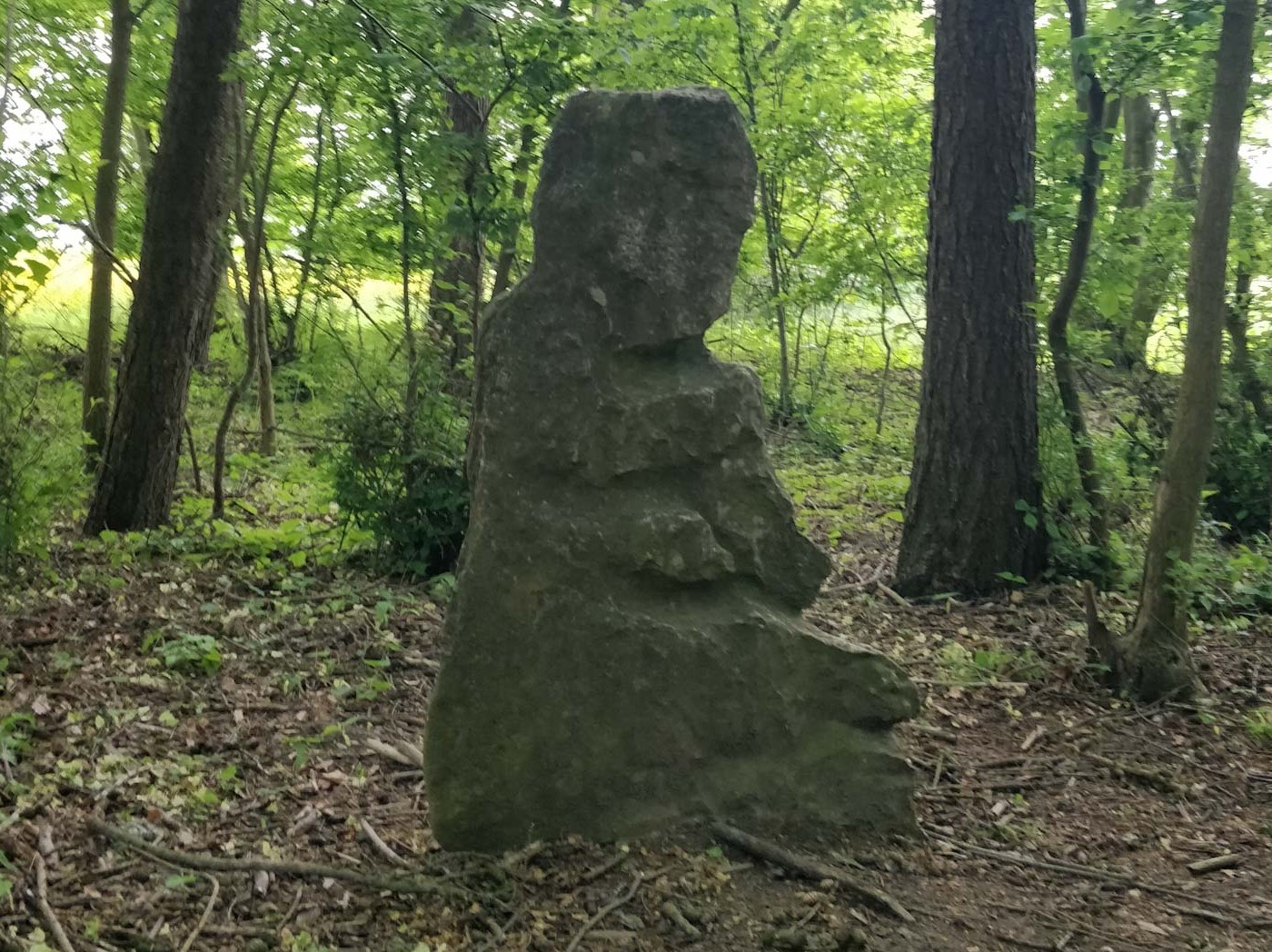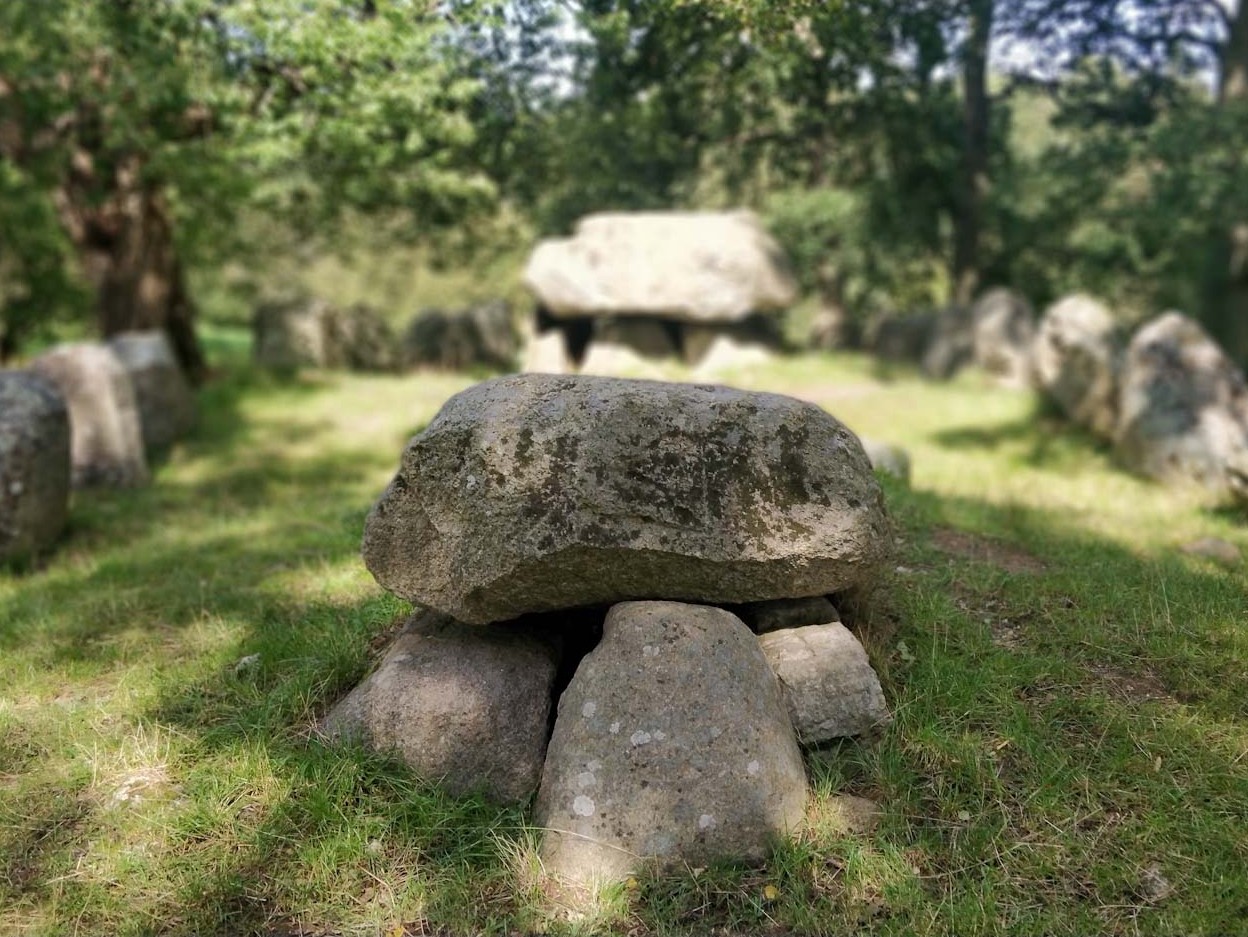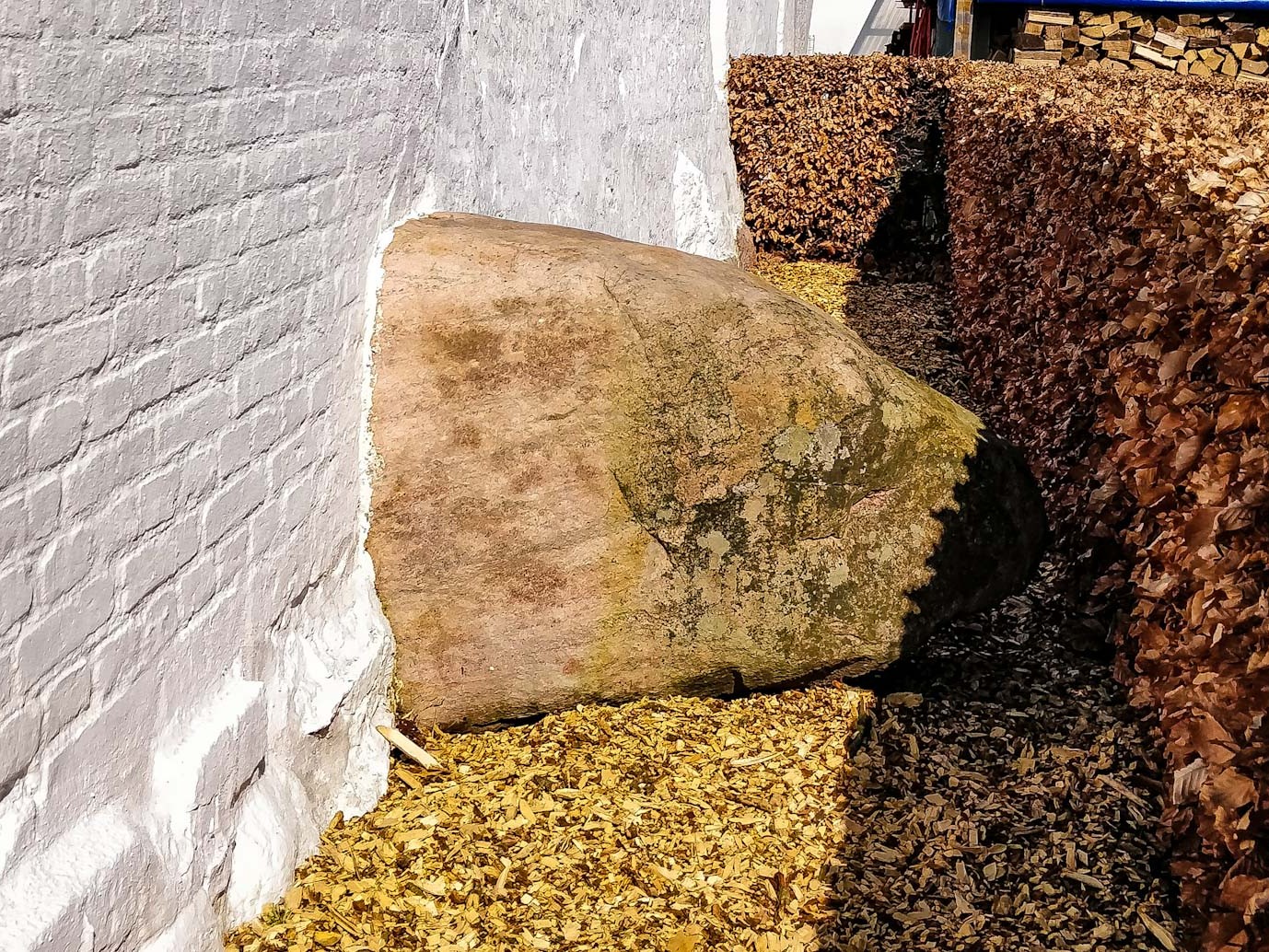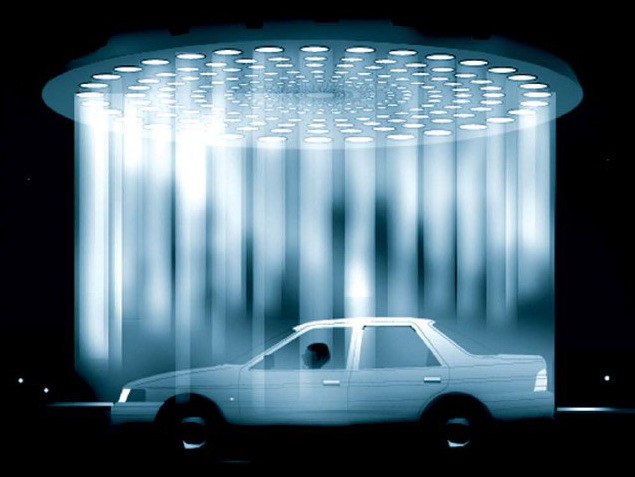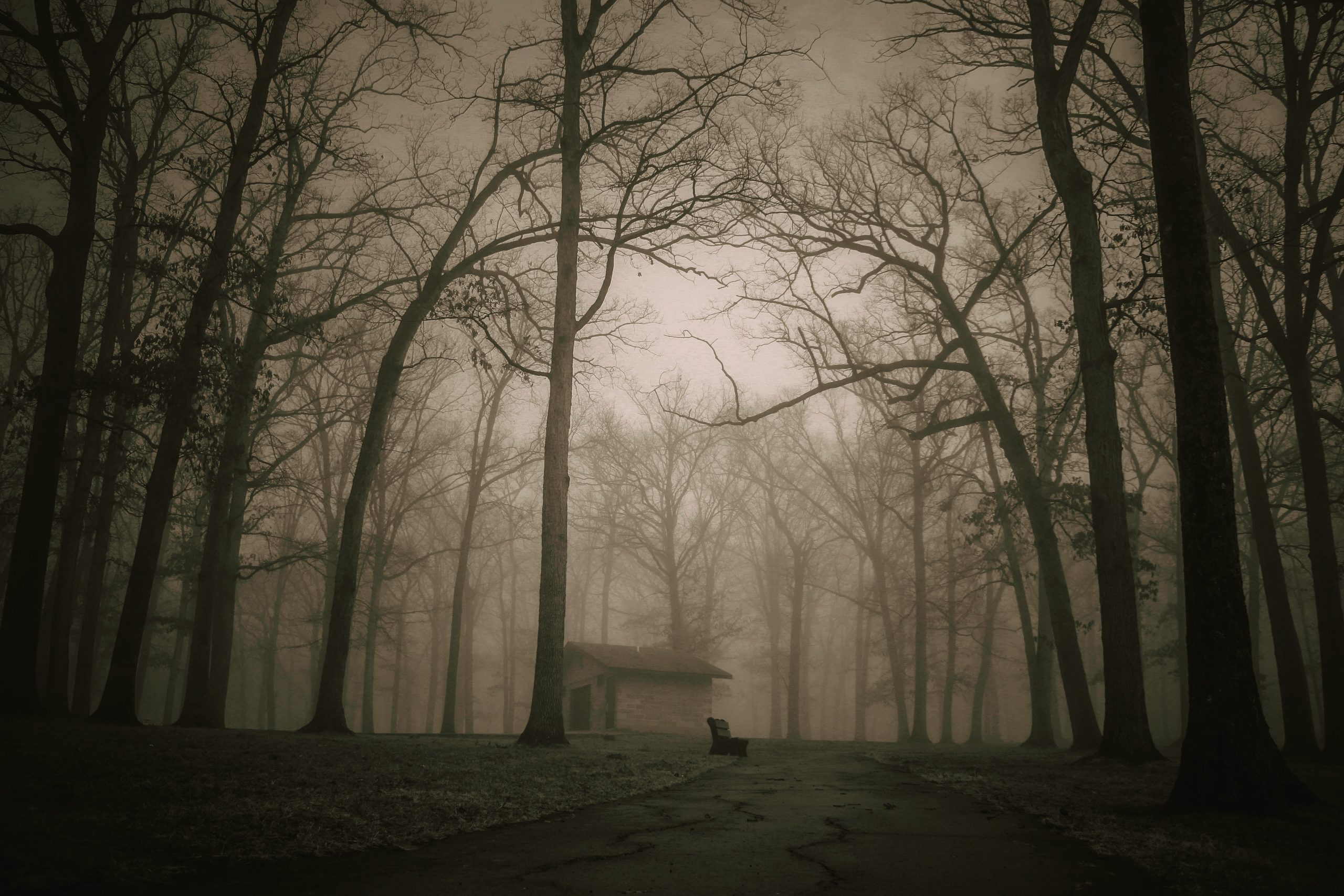GPS Link: The Cross at Sludstrup (55.357322, 11.374713), The Cross at Skørpinge (55.347036, 11.382634)
Parking: The cross at Sludstrup: Parking is possible near the Falkensteen estate, from which there is a 10 minute walk. The cross at Skørpinge: There is a wide exit to Slagelsevej 33, where you can park and walk to the cross (approx. 1 minute).
Good To Know: You can not go all the way to the cross at Skørpinge when crops are growing in the field, but you can still get a good look at it as it is only a few meters from the road
Nearby Attractions: The Stone Man
About the crosses
The crosses at Sludstrup and Skørpinge are a bit of a curiosity, not just within the category of mysterious crosses, but also because of the stories that bind them together. Many details have emerged at certain times in history, suggesting that the tradition is very old, even though it probably does not surpass that of Holy Anders Cross. We can with certainty trace the crosses back to approx. 1720, and although they have been regularly replaced, they have probably retained their general appearance ever since.
Although the original story behind the crosses has been lost, there is no shortage of legends surrounding them. The most popular one involves two men who became mortal enemies over a local woman from the Falkensteen estate.
There are several variations of the legend, which sometimes involve two monks, sometimes a monk and a gardener, as well as many other combinations. What is constantly repeated, however, is that the two men were said to have been brothers and that they fought so fiercely that they ended up killing each other in the process. One brother died on the spot in Sludstrup, right next to Falkensteen, and the other managed to drag himself a few kilometers away before he also succumbed to death in a field in Skørpinge. The two crosses thus came to mark the places of death for the brothers. There is also a version of the legend that mentions a third cross. This was supposed to have been erected in the basement under Falkensteen as a memorial to the woman who committed suicide after the brothers’ death. However, the tenants at Falkensteen deny that this could be true. Finally, there have been stories of ghostly figures seen near the crosses.
As for the actual material crosses, they have been maintained and replaced at regular intervals when they have become too weathered and worn down. This has not been done for the sake of aesthetics, but because the locals believed that if they were ever removed or mistreated, terrible things would happen to people and animals nearby. We have a few anecdotal stories of times when one of the crosses has been abused or neglected, and in those cases the mistreatment of the crosses apparently had serious consequences. One story tells of a nearby farm that burned down, another of cattle that died shortly afterwards in greater than normal numbers.
Today, the crosses are under the supervision of the National Museum, while their maintenance is still carried out by the tenants on the estate Falkensteen and the farm owners in Skørpinge, respectively.
Commentary
The crosses at Sludstrup and Skørpinge have a lot in common with a handful of other similar crosses, such as the cross at Conradineslyst and the one on Præstekorsbakken near Frederiksværk. There have undoubtedly been many more of their kind throughout history, which have long since faded and never been renewed or rebuilt. That there are these few, which nevertheless have survived until this day, is probably due to a combination of the aforementioned unfortunate happenings (however coincidental they may actually be) and an effective preservation system. We see the same with certain burial mounds that survived being plowed over by farmers because an accident occurred in connection with this (the plow broke, the farmer was injured, etc.). This kind of episode reinforced an already existing notion about forces in nature that should be treated with respect. In this way, there are still a few surviving examples, even up to modern times, where superstition has long since changed character from the old days. Of course, there is also the possibility that a curse actually rests on precisely these memorials.
The many different characters attributed to the two brothers over time suggest that the memorials could be very old. The variation with the two monks could even have roots all the way back to when there was a functioning monastery at Antvorskov. There may also prove to be a connection with a former holy spring near the Sludstrup cross, which was once often visited by the sick and old. So far, however, the answers seem to have been lost in the fog of history.
Select sources
- Achton Friis – Danmarks Store Øer II
- Gunnar Knudsen – Hellige Kilder i Sorø Amt (Sorø Amt Historisk Samfund Årbog, 1918)
- J. M. Thiele – Danske Folkesagn
- Svend C. Dahl – Sagn og Gode Historier fra Sydlige Sjælland
- Thorkild Gravlund – Herredsbogen)
Tags
in the same category…
Knud Lavard’s Haraldsted
Knud “Canute” Lavard is one of the most important saints of medieval Denmark. Today, however, the large majority of the population only recognizes his name because it adorns several streets throughout the country. But the memory of Knud lives on in the Haraldsted area, outside Ringsted
The Teilmann Manesten
Located deep within the woods of Nørholm in Western Jutland stands one of the few remaining “manepæle” in Denmark, with several spooky legends surrounding it
The Stone Man
At the end of the 19th century, Danish railway workers excavated a strange stone that resembled a masculine, seated figure

